Dealing with a dog’s separation anxiety is a challenge faced by many pet owners. This emotional struggle often goes unnoticed until it manifests in worrying behaviors: your departure triggers excessive barking, destructive habits, or even attempts to escape. These signs are not just inconvenient; they reflect your dog’s deep-seated distress. Addressing this issue is crucial for your dog’s emotional health and peace of mind. This article offers a comprehensive guide to understanding, recognizing, and managing canine separation anxiety. It’s an essential read for anyone looking to improve their furry friend’s well-being and strengthen the bond between pet and owner.
Understanding Separation Anxiety in Dogs
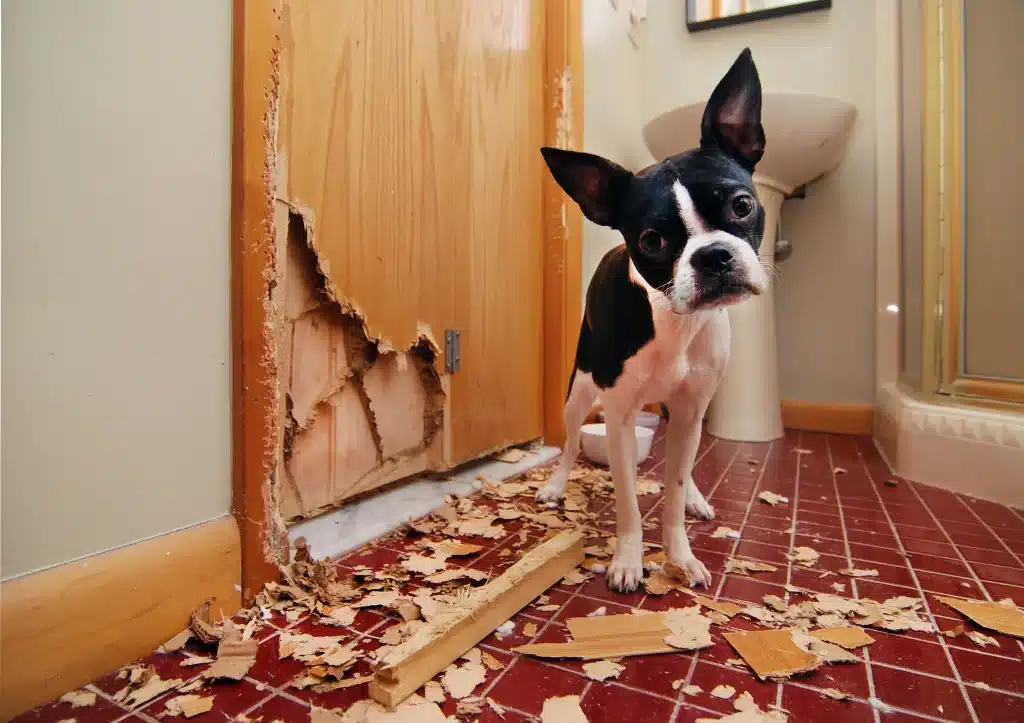
Separation anxiety in dogs is a common yet often misunderstood condition. It manifests when a dog exhibits distress and behavior problems when separated from its owner or primary caretaker. This anxiety can stem from various factors, including changes in routine, past traumas, or lack of proper socialization. Unlike occasional mischief, separation anxiety is characterized by more intense behaviors, such as destructive chewing, excessive barking, and attempts to escape. These actions are not mere disobedience but a response to overwhelming stress. Understanding this condition is crucial for effective management and ensures the dog’s and its owner’s well-being.
Recognizing and empathizing with the emotional state of dogs suffering from separation anxiety is essential. The condition is not a sign of a poorly trained dog but rather an expression of deep-seated anxiety. It’s important to differentiate this from normal behavior, as mistaking it for simple misbehavior can lead to ineffective and sometimes punitive responses. Proper identification of separation anxiety lays the foundation for compassionate and effective treatment strategies, fostering a healthier and more harmonious relationship between dogs and their owners.
Recognizing the Signs of Separation Anxiety
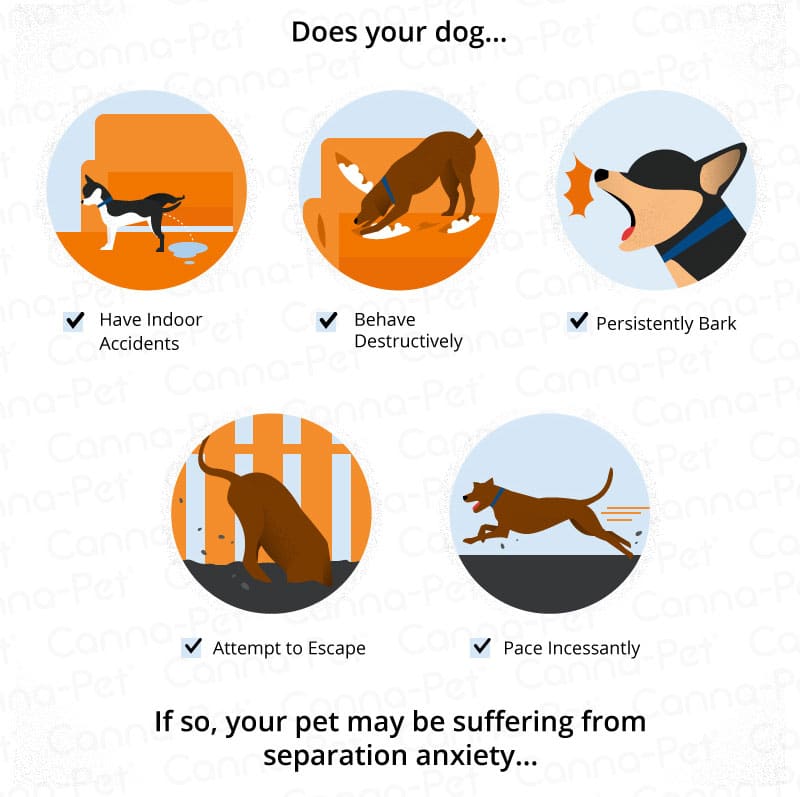
Identifying separation anxiety in dogs involves observing specific behaviors in the owner’s absence. Common signs include excessive barking or howling, destructive chewing around exit points like doors and windows, and inappropriate elimination despite being house-trained. These behaviors are typically more intense than normal mischiefs and are driven by anxiety rather than boredom or spite. Owners need to recognize these signs early to address the problem effectively.
Understanding these behaviors as manifestations of anxiety rather than disobedience is crucial. Dogs with separation anxiety often display a drastic behavior change as soon as their owner prepares to leave. They may become visibly distressed, following the owner around, whining, or panting excessively. Recognizing these pre-departure cues is vital for early intervention, which can greatly reduce the severity of the condition and improve the quality of life for both the dog and the owner.
Prevention Strategies
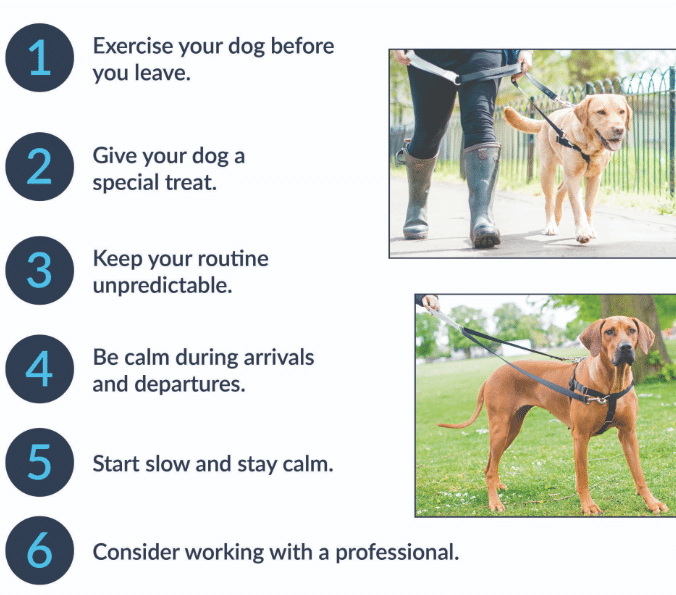
Preventing separation anxiety in dogs begins with early socialization and training. Introducing puppies to various environments, people, and other animals helps them develop confidence and reduces anxiety in new situations. Consistent training and positive reinforcement also play a key role in prevention, as they help the dog understand expectations and build a trusting relationship with the owner.
Creating a safe and comfortable environment for a dog is another critical aspect of preventing separation anxiety. This includes providing a designated safe space, like a crate or a specific room, where the dog feels secure when alone. Establishing a feeding, walking, and playtime routine can also help the dog feel more secure. A predictable routine provides stability, reducing anxiety caused by unexpected changes in the dog’s environment or schedule.
Behavioral Modification Techniques

Behavioral modification is a key strategy in managing separation anxiety in dogs. Techniques such as desensitization and counterconditioning can be particularly effective. Desensitization involves gradually exposing the dog to short periods of separation, slowly increasing the duration as the dog becomes more comfortable. Conversely, counterconditioning aims to change the dog’s emotional response to being alone by associating separation with positive experiences, such as treats or toys.
Consistency and patience are vital in behavioral modification. These techniques require time and gradual progression to be effective. Owners should avoid punishing their dogs for anxiety-driven behaviors, as this can exacerbate the problem. Positive reinforcement, such as praise and rewards when the dog remains calm during separation, can be far more effective. The goal is to build the dog’s confidence and comfort with being alone rather than instilling fear of punishment.
Environmental Enrichment for Your Dog
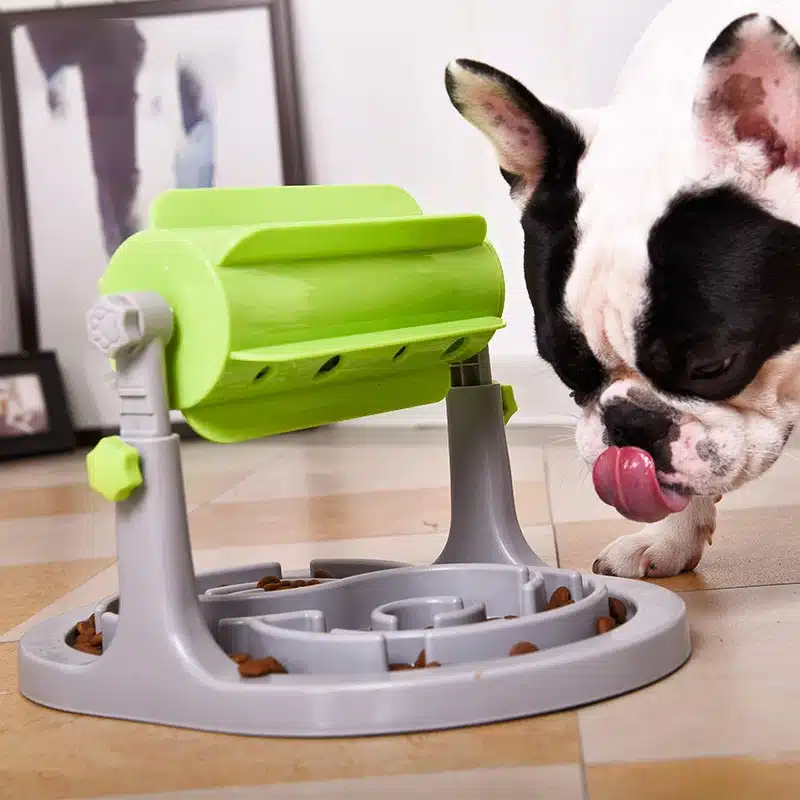
Environmental enrichment is crucial for dogs, especially those with separation anxiety. Providing mental and physical stimulation can significantly reduce anxiety-related behaviors. Interactive toys, puzzle feeders, and regular playtime can keep a dog mentally stimulated, while physical exercises like walks and play sessions can help expend pent-up energy and reduce anxiety.
Creating a dog-friendly environment involves more than just physical space. It means ensuring the dog has access to comfortable resting areas, engaging toys, and opportunities for exercise and exploration. For dogs with separation anxiety, having familiar objects, like a piece of the owner’s clothing, can provide comfort and reduce stress. The aim is to create an environment where the dog feels safe, engaged, and relaxed, even in the owner’s absence.
Professional Help and Therapies
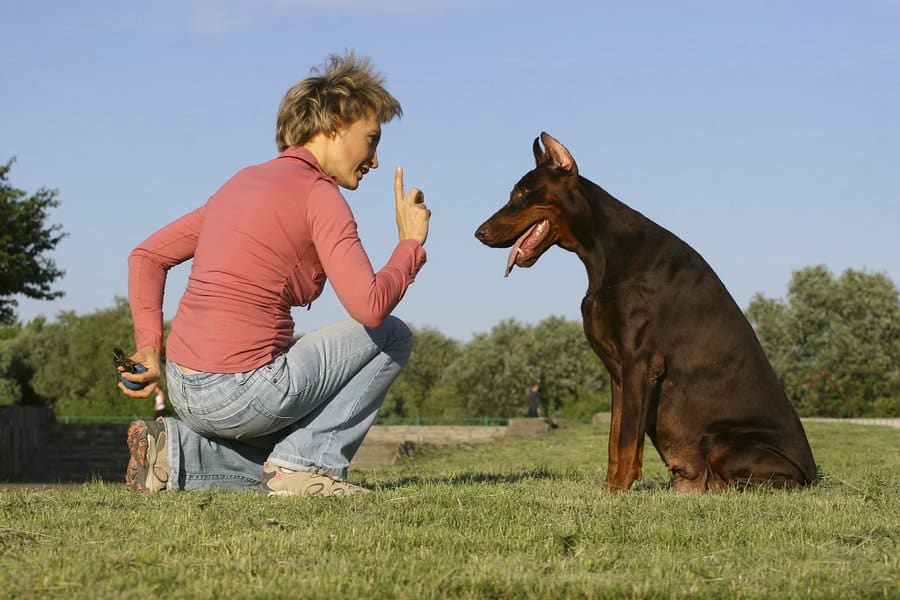
Sometimes, professional intervention is necessary to address severe cases of separation anxiety in dogs. Veterinarians and animal behaviorists can offer valuable insights and treatment plans tailored to individual dogs. This may include behavioral therapy, environmental modifications, and, in some cases, medication to help manage anxiety.
Alternative therapies can also play a role in treating separation anxiety. These might include pheromone diffusers, which emit calming chemicals similar to those produced by mother dogs, or natural supplements designed to soothe anxiety. Owners need to approach these therapies with an understanding that they are complementary to behavioral and environmental strategies, not replacements. Consulting with professionals ensures that any chosen method is safe and effective for the dog’s specific needs.
Supporting Your Dog During Your Absence
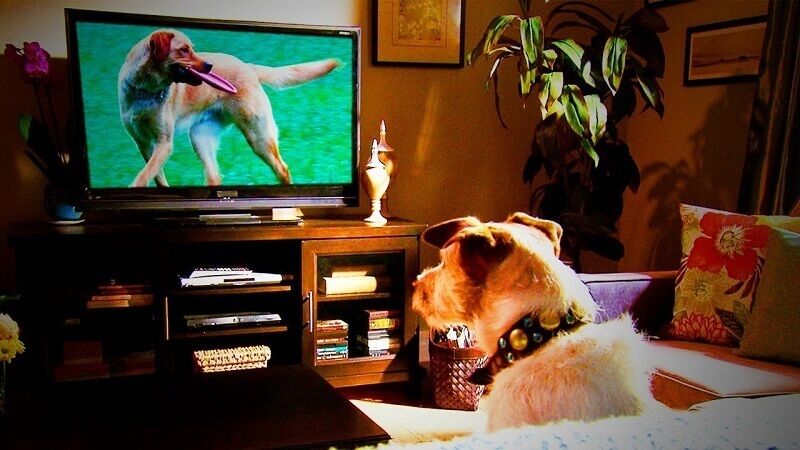
Supporting a dog during the owner’s absence involves practical steps to minimize anxiety. One helpful strategy is to create a departure routine that is calm and uneventful, reducing the dog’s stress. Leaving a worn shirt or a blanket with the owner’s scent can comfort the dog, as can leaving calming music or a TV on at a low volume to provide familiar background noise.
In today’s technology-driven world, various tools are available to help monitor and interact with pets during absences. Cameras and interactive toys can keep dogs engaged, allowing owners to observe and even remotely communicate with their pets. For dogs with severe separation anxiety, considering options like doggy daycare or hiring a pet sitter can be beneficial, providing the dog with companionship and reducing the stress of being alone.
Maintaining a Consistent Routine
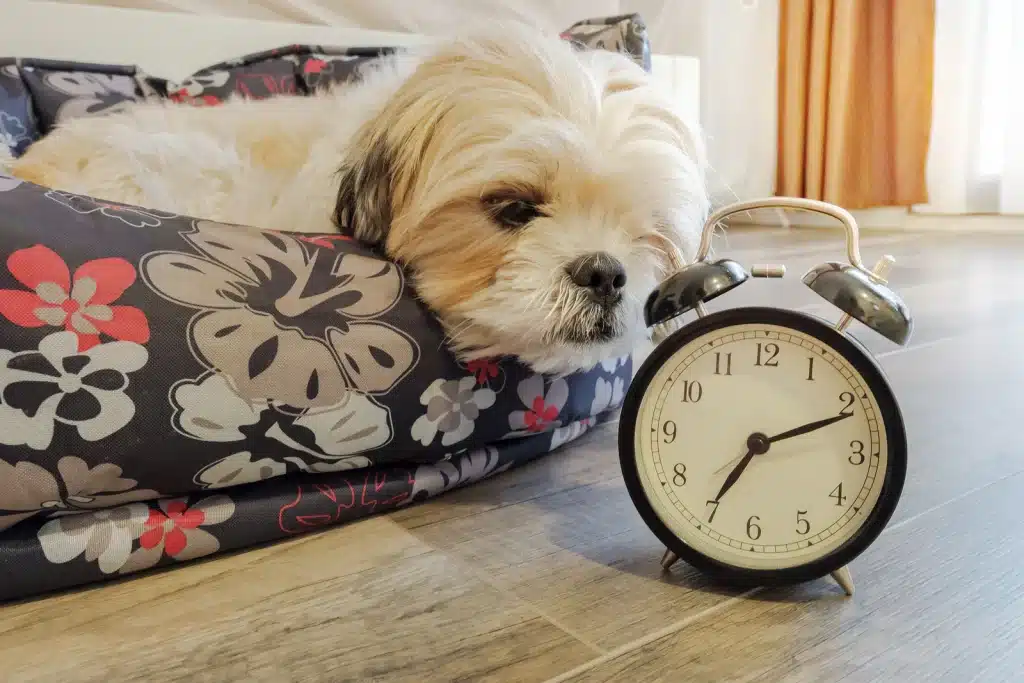
A consistent daily routine is crucial for dogs, especially those with separation anxiety. This includes regular feeding times, walks, and play sessions. A predictable schedule helps the dog feel secure and reduces anxiety triggered by unpredictability. Consistency also extends to training and behavior expectations, reinforcing a sense of normalcy and stability for the dog.
Adjusting the routine to gradually increase the time the dog spends alone can also be helpful. This might involve leaving the dog alone for short periods and gradually increasing the duration, always ensuring the dog is comfortable and anxiety-free during these times. Consistency in these practices reassures the dog that the owner will return and that being alone is a normal, non-threatening part of their day.
The Bottom Line
Handling a dog’s separation anxiety requires a multifaceted approach, combining understanding, prevention, and management strategies. Recognizing the signs of anxiety, providing a safe and stimulating environment, seeking professional help when needed, and maintaining a consistent routine are all essential components. Above all, building a strong, loving bond with the dog is the foundation upon which all these strategies rest. With patience, consistency, and empathy, owners can help their dogs overcome separation anxiety, leading to happier, healthier lives for both the dog and its owner. This journey improves the dog’s well-being and deepens the bond between pet and owner, a relationship built on trust, understanding, and care.